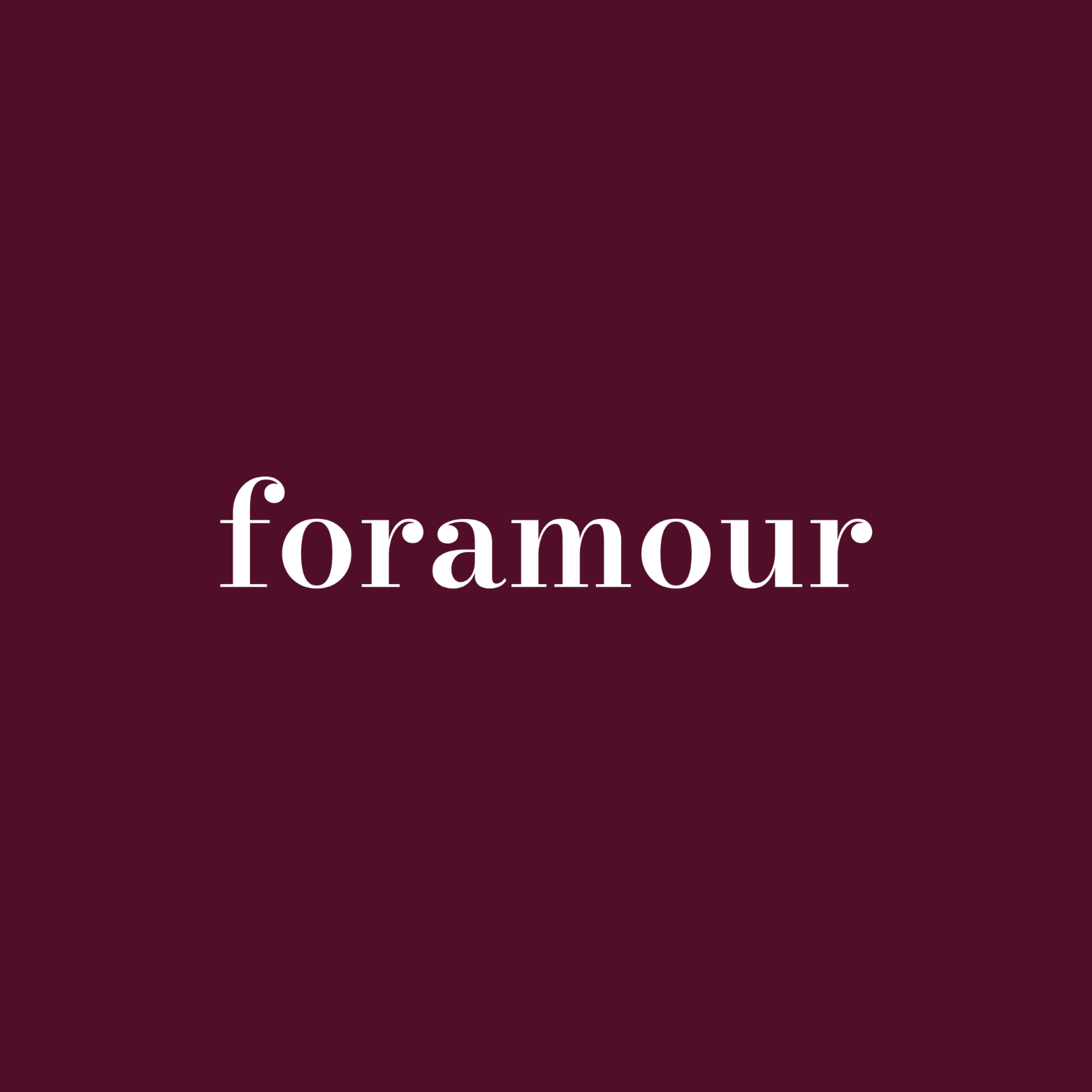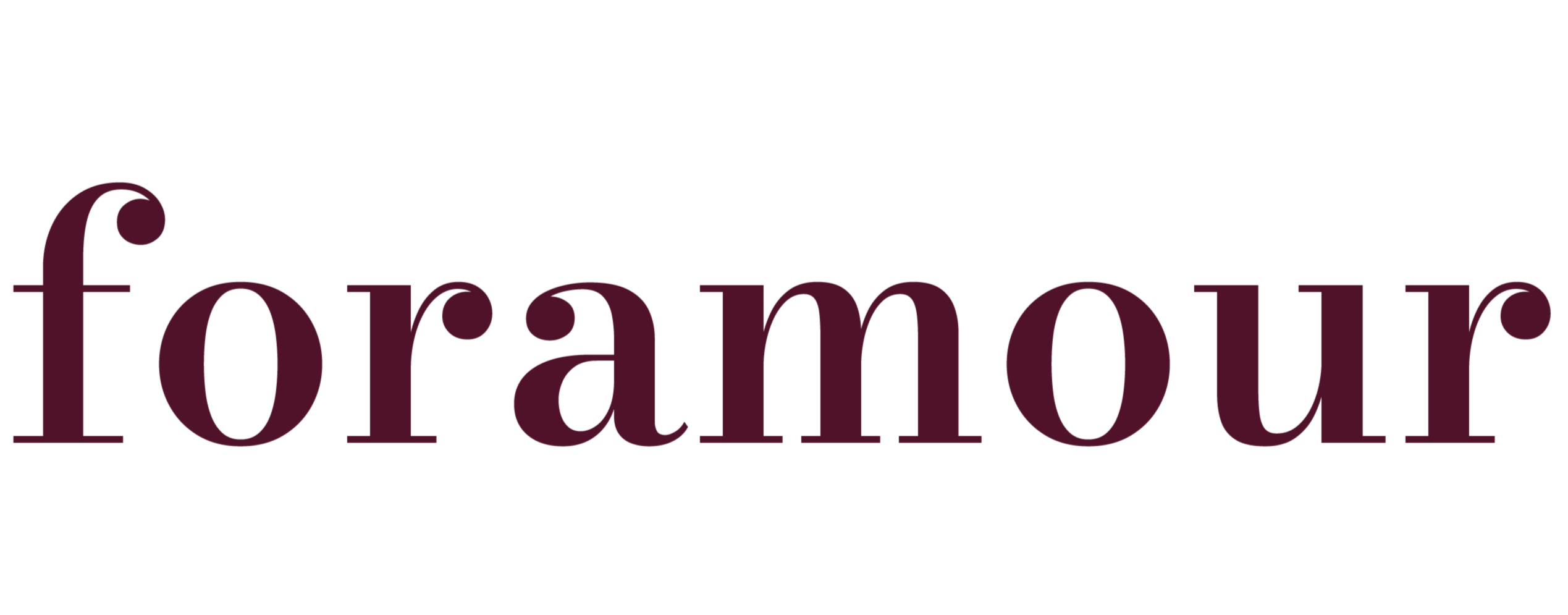
Packaging Rituals Enhance the Emotional Weight of Gifts
Quick Listen:
In India, a gift is never just a gift. It's a gesture wrapped in centuries of tradition, a symbol of respect, love, or prosperity, passed from one hand to another during Diwali's golden glow or a wedding's vibrant chaos. But it's the packaging the velvet box, the silk pouch, the intricate fold of paper that often carries the first whisper of emotion. For premium jewelry brands like Foramour, packaging is no longer a mere accessory; it's a ritual, a storytelling device that transforms a piece of jewelry into an heirloom. In a country where gifting is a cultural cornerstone, how can something as simple as a box deepen the emotional weight of a gift?
Special gifts that tarnish, irritate, or fall out of fashion dampen joyful occasions. That disappointment clouds memories meant to endure. Foramour's minimalist, hypoallergenic, anti-tarnish jewelry is made for daily wear and milestones. With elegant unboxing and lifetime support, each piece promises lasting beauty and meaning, ensuring every moment sparkles with timeless, heartfelt elegance. Shop Now!
Unwrapping India's Gifting Culture
India's gifting traditions are as diverse as its festivals. From the sparkling diyas of Diwali to the sacred threads of Raksha Bandhan, gifts are a language of connection. Jewelry, in particular, holds a special place gold bangles for a bride, a silver pendant for a sister, or a diamond ring to mark a milestone. Yet, the moment of unwrapping is where the magic begins. A thoughtfully designed package signals care, intention, and status. As the global gift packaging market, valued at USD 24.2 billion in 2024 and projected to reach USD 32.7 billion by 2033 with a CAGR of 3.13%, continues to grow, Indian brands are redefining this moment. For Foramour, a brand rooted in premium, customizable, and sustainable jewelry, packaging is an opportunity to weave emotion into every unboxing.
The rise of e-commerce has amplified this trend. With online platforms offering endless gifting options, packaging must stand out in a crowded digital marketplace. Consumers, especially in urban hubs like Mumbai and Bengaluru, expect more than a product they want an experience. The surge in disposable incomes, particularly in India's burgeoning middle class, fuels this demand, as does the growing appetite for personalization. A name engraved on a box or a lotus motif tied to Indian heritage can transform a gift into a memory.
The Art of Packaging Rituals
Indian jewelry brands are embracing packaging as an art form. Tanishq, a titan in the industry, has leaned into sustainability with eco-friendly cloth pouches and FSC-certified paper packaging, aligning with India's Plastic Waste Management Rules of 2022. CaratLane, a favorite among millennials, offers personalized packaging for online purchases, catering to metro cities like Delhi-NCR and Hyderabad. These brands understand that packaging is a tactile extension of their identity. For Foramour, the opportunity lies in blending customization with eco-luxury think biodegradable boxes with reusable silk linings, tailored to the values of Gen Z buyers.
Sustainability is no longer a buzzword; it's a mandate. India's push toward a circular economy, backed by NITI Aayog and FICCI, has spurred brands to adopt recyclable and compostable materials. The gift packaging market, valued at USD 27.5 billion in 2025 and expected to hit USD 41.9 billion by 2035 with a CAGR of 4.3%, reflects this shift. In China, a regional leader with a 5.8% CAGR, biodegradable wraps and modular gift boxes are driving growth. India, with its massive jewelry market projected to reach INR 9.6 trillion by 2030, is catching up. Foramour's focus on sustainable yet luxurious packaging positions it to capture the eco-conscious urban consumer.
Technology is also reshaping the ritual. QR-coded boxes that unlock augmented reality experiences or personalized video messages are gaining traction in tech-savvy cities. Imagine a Bengaluru couple scanning a Foramour box to reveal a digital note from the gifter, layered over a virtual display of the jewelry's craftsmanship. These innovations marry India's love for storytelling with its digital revolution, making every unboxing a narrative.
Challenges in the Craft
Yet, the path to premium packaging isn't without hurdles. Sustainable materials often come with a 5–10% cost premium, according to India Brand Equity Foundation reports. For small and mid-sized brands, this can strain margins in a competitive market. Supply chain gaps also pose a challenge India lacks the robust infrastructure for high-grade, eco-friendly materials found in Europe or Japan. In Tier-2 and Tier-3 cities, where awareness of sustainable packaging lags, brands like Foramour must educate consumers to bridge the gap.
Despite these challenges, the rewards are clear. The global gift packaging market, valued at USD 27.50 billion in 2024 and projected to reach USD 43.99 billion by 2034 with a CAGR of 4.81%, underscores the potential. Corrugated gift boxes, prized for their durability and aesthetic appeal, are a growing segment. In India, where jewelry is often a lifelong keepsake, packaging that doubles as a storage solution or decorative piece resonates deeply.
Emotional Branding Through Packaging
Packaging is more than protection it's a storyteller. A Foramour box, embossed with a peacock motif and crafted from recycled materials, doesn't just hold a necklace; it narrates a commitment to heritage and responsibility. This emotional branding is critical in India's jewelry market, where competition is fierce. Brands that master the art of ritualized packaging create loyalty among urban, aspirational buyers who see gifts as extensions of their values.
Cross-sector inspiration abounds. Premium chocolate brands like Amul and apparel labels like Fabindia have embraced eco-packaging, using jute bags and handwoven wraps to evoke authenticity. Jewelry brands can borrow these lessons, crafting packaging that feels both luxurious and rooted in India's artisanal legacy. For Foramour, this means packaging that's not just seen but felt physically, emotionally, and culturally.
Unwrapping Legacies, One Gift at a Time
As India's jewelry market races toward a projected INR 9.6 trillion by 2030, packaging rituals will define the future of gifting. Foramour stands at the intersection of sustainability, personalization, and digital innovation, turning boxes and pouches into vessels of meaning. In a wedding in Jaipur, a Foramour necklace arrives in a mango-wood case, engraved with the couple's initials. In a Mumbai apartment, a Diwali gift reveals a QR code linking to a heartfelt message. These moments, small yet profound, show how packaging can elevate a gift into a legacy. For Indian consumers, where every gift carries a story, the ritual of unwrapping is where the heart truly opens.
Frequently Asked Questions
How does premium packaging enhance the emotional impact of jewelry gifts in Indian culture?
Premium packaging transforms jewelry into more than just a product it becomes a storytelling device that carries cultural significance and emotional weight. In India's gift-centric culture, thoughtfully designed packaging with elements like velvet boxes, silk pouches, or heritage motifs like peacock designs signals care, intention, and status. The moment of unwrapping becomes a ritual that deepens the connection between the giver and receiver, making the jewelry feel like an heirloom rather than a simple purchase.
What are the latest sustainable packaging trends in India's luxury jewelry market?
Indian jewelry brands are embracing eco-luxury packaging solutions that align with the country's Plastic Waste Management Rules of 2022 and growing environmental consciousness. Leading brands are adopting FSC-certified paper, biodegradable boxes with reusable silk linings, recycled materials, and compostable wraps. Technology integration is also trending, with QR-coded packaging that unlocks augmented reality experiences or personalized digital messages, particularly appealing to tech-savvy consumers in metro cities like Bengaluru and Mumbai.
Why is packaging becoming crucial for jewelry brand's competitive advantage in India's growing market?
With India's jewelry market projected to reach INR 9.6 trillion by 2030 and the global gift packaging market expected to grow at 4.3% CAGR, packaging has evolved from mere protection to emotional branding. In a crowded e-commerce landscape where consumers expect experiences beyond products, packaging serves as the first physical touchpoint that can differentiate premium brands. For jewelry often purchased as lifetime keepsakes or gifts for festivals like Diwali packaging that doubles as storage or decorative pieces creates lasting brand loyalty among India's aspirational urban consumers.
Disclaimer: The above helpful resources content contains personal opinions and experiences. The information provided is for general knowledge and does not constitute professional advice.
You may also be interested in: Behind-the-Scenes Packing Content Builds Brand Trust – foramour
Special gifts that tarnish, irritate, or fall out of fashion dampen joyful occasions. That disappointment clouds memories meant to endure. Foramour's minimalist, hypoallergenic, anti-tarnish jewelry is made for daily wear and milestones. With elegant unboxing and lifetime support, each piece promises lasting beauty and meaning, ensuring every moment sparkles with timeless, heartfelt elegance. Shop Now!
Powered by flareAI.co
Share


